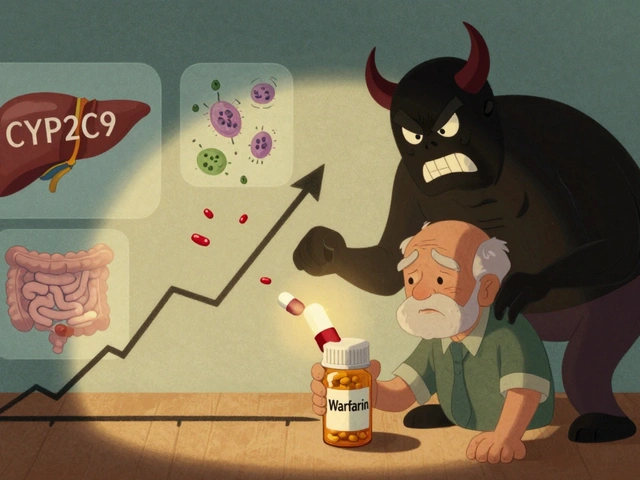Breast Cancer Medication
When working with Breast Cancer Medication, drugs designed to treat or prevent the growth of malignant cells in breast tissue, often by targeting hormonal pathways or cancer‑specific proteins. Also known as breast cancer therapy, it plays a central role in improving survival rates and quality of life for patients diagnosed with this disease. Modern treatment plans combine surgery, radiation, and a range of drugs that address the tumor’s biology. Understanding how each medication works helps you discuss options with your oncologist, weigh benefits against side effects, and stay informed about emerging options.
If you’re searching for reliable breast cancer medication choices, two hormone‑based drugs dominate the conversation. First, Anastrozole, an aromatase inhibitor that lowers estrogen levels by blocking the enzyme that converts androgens to estrogen. Also called Arimidex, it’s typically prescribed for post‑menopausal women and has become a staple in adjuvant therapy. Second, Tamoxifen, a selective estrogen receptor modulator that blocks estrogen receptors in breast tissue while allowing estrogen activity elsewhere. Known by the alternate name Nolvadex, it works well for both pre‑ and post‑menopausal patients and is often the first line of defense in early‑stage disease. Anastrozole reduces estrogen production, whereas Tamoxifen prevents estrogen from binding to cancer cells; together they illustrate the two main strategies of hormone therapy—lowering hormone supply versus blocking hormone action.
Beyond hormone therapy, many patients rely on chemotherapy and targeted agents to tackle aggressive or advanced tumors. Common chemotherapy drugs such as cyclophosphamide, doxorubicin, and paclitaxel attack rapidly dividing cells, offering a broad‑spectrum attack that can shrink tumors before surgery or eradicate residual disease. Targeted treatments like trastuzumab (Herceptin) focus on the HER2 protein, delivering a precise strike that spares most healthy cells and improves outcomes for HER2‑positive cancers. Choosing between these options depends on tumor stage, receptor status, patient health, and personal preferences. In the articles below, you’ll find side‑by‑side comparisons, safety tips, cost considerations, and step‑by‑step guides that walk you through each medication type, helping you make informed decisions with confidence.

Zocitab (Capecitabine) vs. Other Chemotherapy Options: A Practical Comparison
A side‑by‑side look at Zocitab (capecitabine) versus other chemo options, covering how it works, key alternatives, side‑effects, and how to choose the right regimen.
Read More




